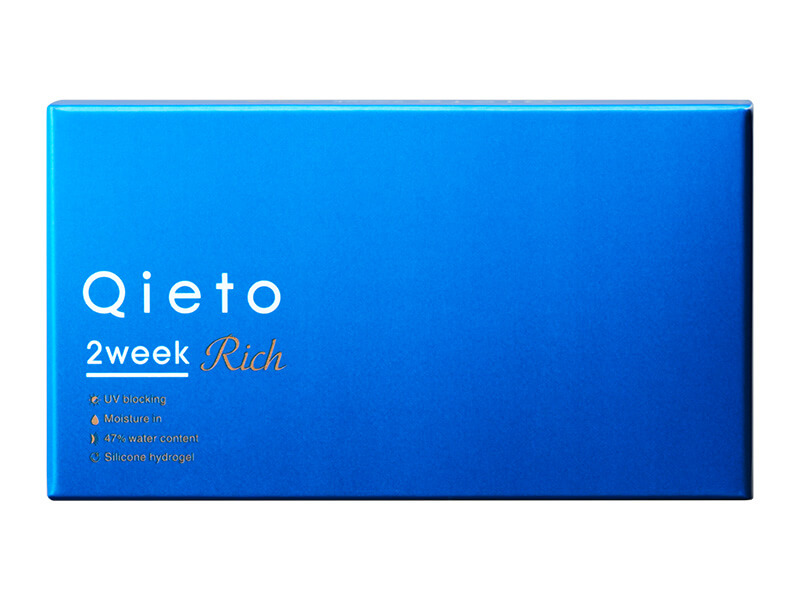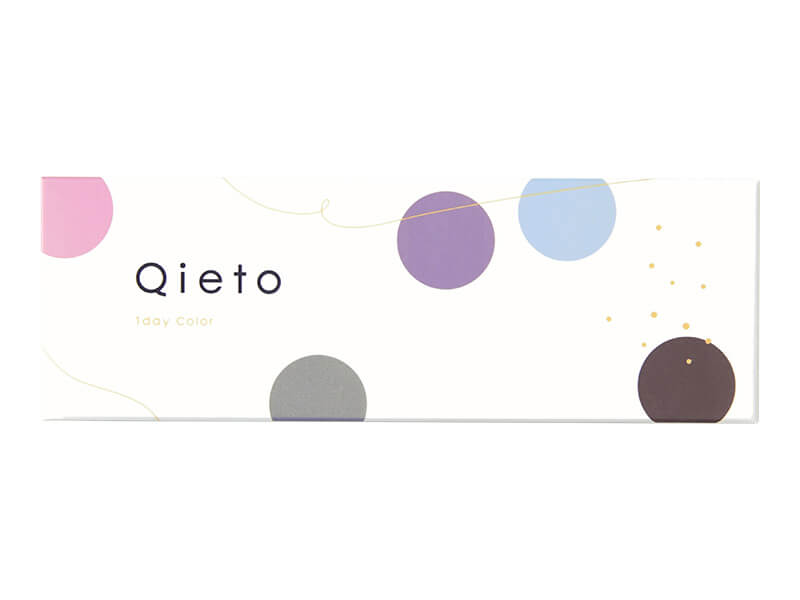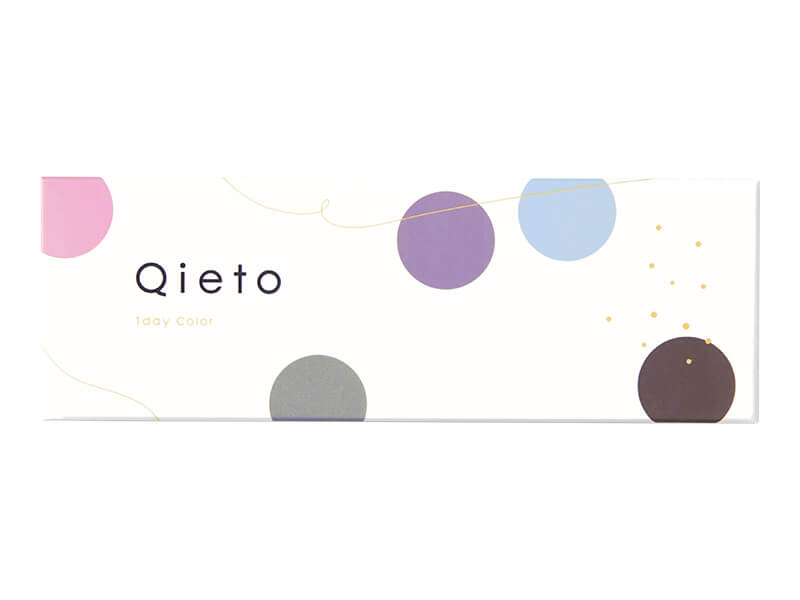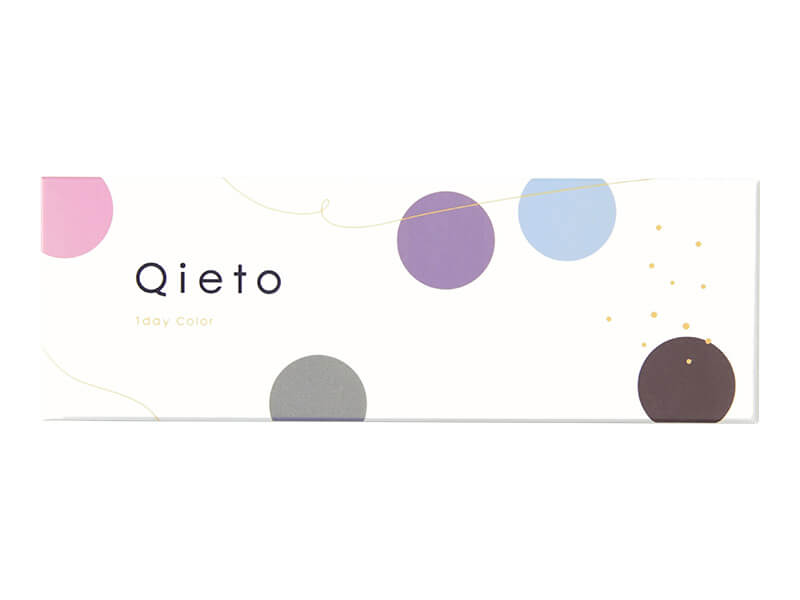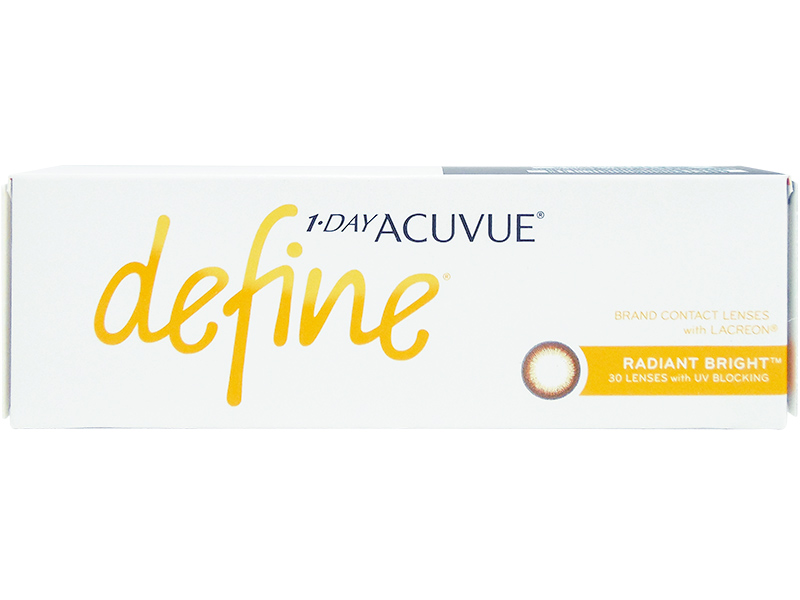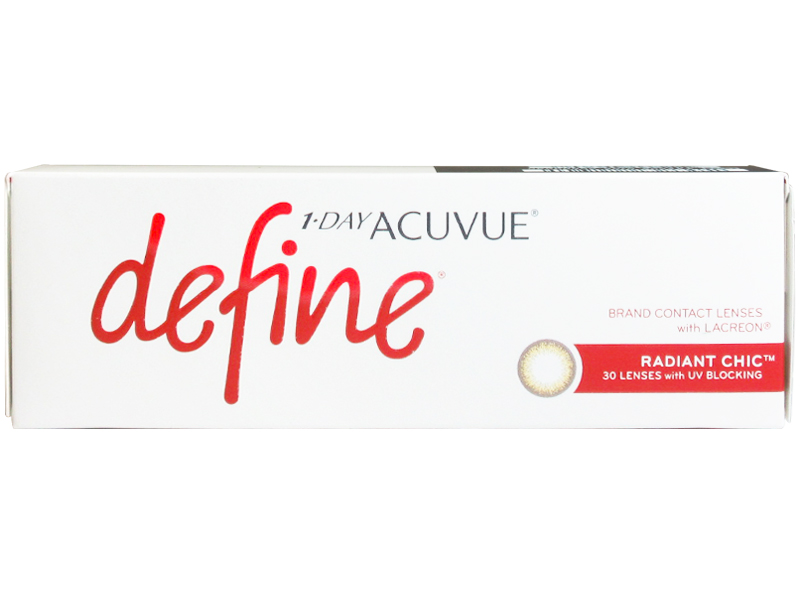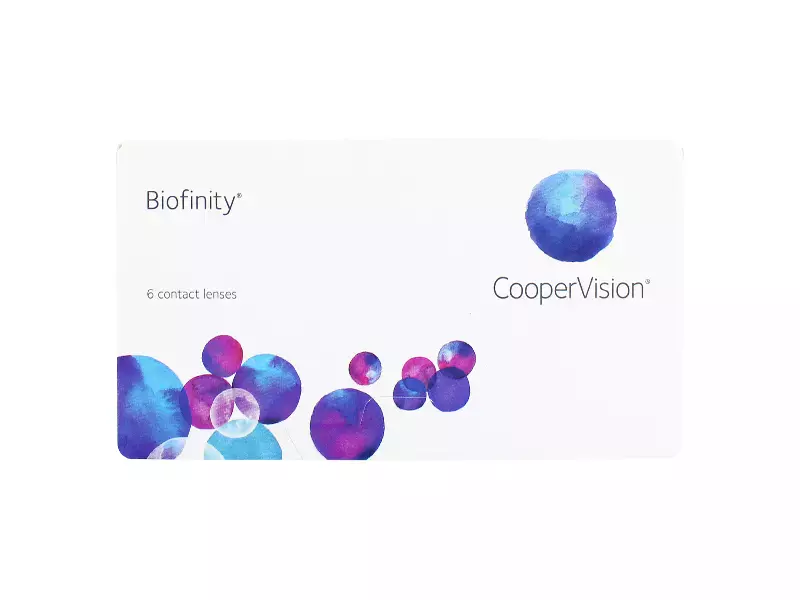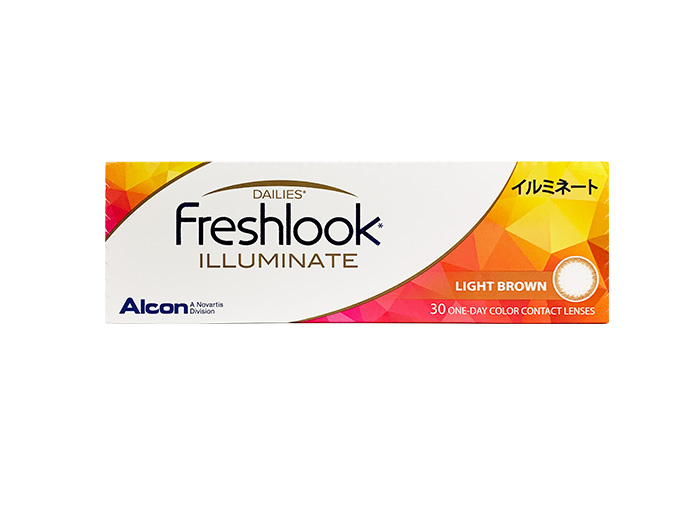Savelens Blogs
How can I protect my eyes from harmful UV rays?
Our favourite season is here! Summer!
It goes without saying that outdoor activities are essential during summer-time. If you don’t wear protection, exposure to the sun’s UV rays can harm not just your skin, but also your eyes. I’m sure you’ve heard this before, but due to the geographic location in the southern hemisphere and the clearer atmospheric conditions, we are particularly exposed to higher quantities of UV rays here in Australia, thus protecting your skin and eyes is crucial. Wearing UV-filtering contact lenses or sunglasses are the most effective techniques to shield your eyes from UV radiation.
How do UV rays work?
UV rays come in three varieties: UV-A, UV-B, and UV-C.
Ultraviolet A (UV-A) is known as a result of long-wave UV (soft UV) that’s not absorbed by the ozone layer, and can cause early skin ageing.
Ultraviolet B (UV-B) is known as a medium UV that is primarily absorbed by the ozone layer and causes sun burns.
Ultraviolet C (UV-C) is known as a short-wave ultraviolet (hard UV) that’s entirely absorbed by the ozone layer and the atmosphere.
But How Do UV Rays Affect Our Eyes?
There are three types of sun rays: visible light, UV-A rays, and UV-B rays. The chemicals in your eye tissue react after exposure to large amounts of light, which can damage your cornea, lens, and retina as a result of prolonged exposure to UV light. Cataracts, pterygiums (viscous growths on the eye surfaces), and photokeratitis (corneal sunburn) are the three most prevalent UV-related eye conditions.
Ophthalmologists specified that excessive UV exposure raises the danger of macular degeneration and eye cancer. Whenever we go outside in the sun without eye protection, we risk developing an eye ailment later in life.
So what can you do in this situation?
The answer is to wear sunglasses to keep your eyes safe.
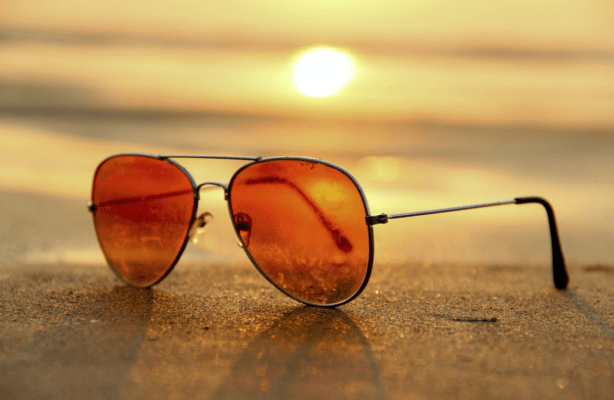
Prevention is always better than treatment.
- Recognise UV-protective eyewear
- Wear UV-protective eyewear
Australian-tested sunglasses offer higher UV protection than sunglasses that have undergone testing in accordance with international standards. Your eyes will be properly protected from UV damage if you wear sunglasses that adhere to Australian standards.
The Australian/New Zealand Standard for Sunglasses and Fashion Spectacles must be stated on the label of sunglasses.
The best investment you can make for your eyes is UV-blocking eyewear. Choose one that best satisfies your needs and adheres to the Australian standard.
There are four types of sunglasses lenses:
-Regular lenses: which reduce brightness.
-Lenses with polarisation: which lessens light glare from reflections. Anyone who spends a lot of time on the water should use them.
-Flash/Mirror-coated lenses: which reflect as much light away from the eyes as possible. Use these lenses only in extreme lighting circumstances, such as on water or in snow.
-Photochromic lenses: which darken outdoors and illuminate indoors in response to the strength of UV radiation. Because of the adaptability of these lenses, you can wear them under all sorts of circumstances.
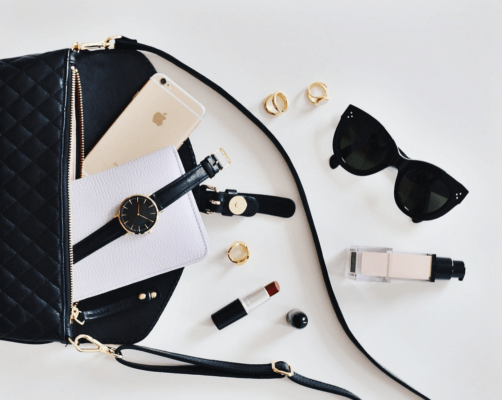
UV-blocking contact lenses
Additionally, UV-blocking contact lenses are readily available at Savelens. Some of our popular lenses that offer UV protection include Qieto1day, Acuvue Oasys 1-Day, and Acuvue Oasys. Browse for more UV-blocking contacts here.
Even if you wear UV-blocking contact lenses, it’s always a good idea to still wear sunglasses to shield your eyes from harmful UV rays.
Alternatives for Reducing UV Exposure
The simplest strategy to limit UV exposure is to spend less time in the sun. But you don’t have to always stay inside to lower your UV exposure. Between 11 am and 3 pm, the sun’s rays are usually at their most intense. Utilise this brief window of opportunity to try and perform tasks inside or under the shade. A UV report is often available on weather forecast apps, making it simple to monitor the sun on your phone.
Another tip we recommend is to wear sunscreen even when the sky is gloomy because these dangerous sun rays are always present. You should try to cover most of your body with light-coloured clothing, and a wide-brimmed hat to shield your face and neck from the sun. Do not forget to slip, slap, slap, and wrap!
Make sure to apply sunscreen with a minimum SPF of 30 to any exposed skin. Take additional care to protect your kids when they are outside. Remember that wearing sunscreen with an SPF of 50 is essential on a sunny day.
Sunscreens can only be sold in Australia if they are approved by the Australian Standard for sunscreens and are listed on the TGA’s Australian Register of Therapeutic Goods (ARTG). To guarantee they are both safe and efficient, the TGA must approve each active component in sunscreen and their maximum concentration. Find out more here about applying sunscreen correctly.
Defend Your Skin and Eyes Against UV Rays!
Take the appropriate steps to shield your skin and eyes from UV radiation. Make every effort to shield you and your family from the sun’s damaging rays this summer. Being proactive towards the health of your eyes and skin will still allow you to enjoy summer and the sun but in a safe manner.
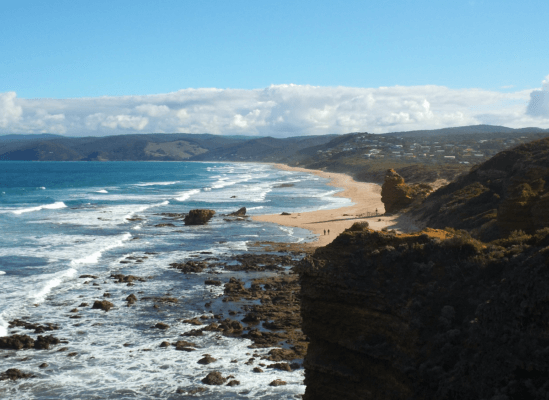
SHOP UV-filtered Contact Lenses
Check out our Products on Sale!


